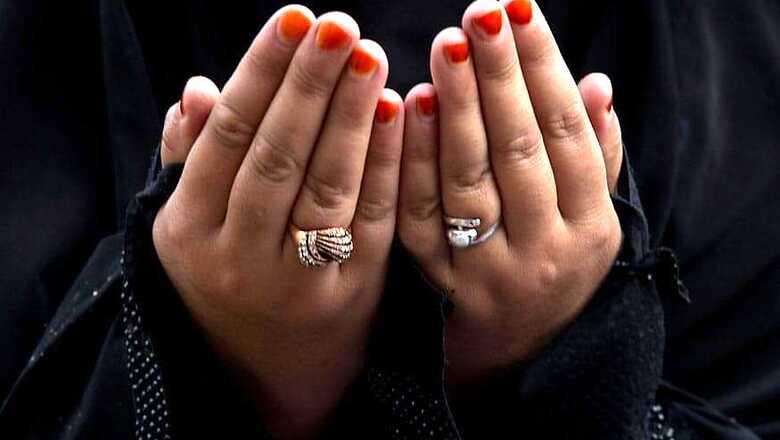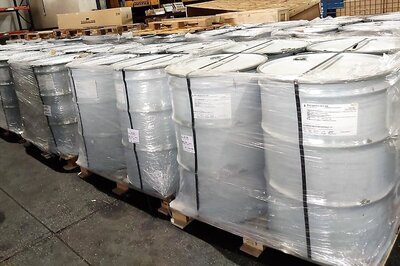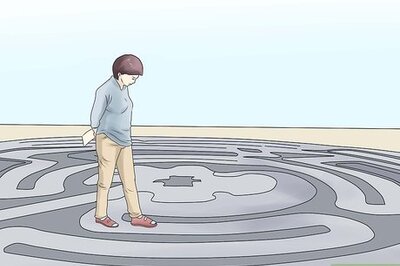
views
The month-long ritual of fasting and praying, Ramzan was originally started when Prophet Mohammad migrated from Mecca to Medina in 622 AD. Eid ul Fitr marks the conclusion of Ramzan and is celebrated in a flurry of colours, with pomp, grandeur and a host of delicacies from vegetarian to non-vegetarian fares. However, apart from the cultural fervour and festivities, Eid is also the time to connect to one’s roots. As the countdown to the celebrations begins, we take a look at seven places in India one could visit to celebrate Eid.
Jama Masjid (Delhi)
The iconic structure that was built by Shah Jahan and completed in 1656 AD has three great gates, four towers and two 40-metre-high minarets that were constructed using strips of red sandstone and white marble. Also known as the Masjid-i Jahān-Numā, the courtyard of the mosque can accommodate more than 25,000 people. In fact, the Jama Masjid was also the inspiration behind the Badshahi Masjid, built by Aurungazeb in Lahore, Pakistan.
Taj-ul Masajid (Bhopal)
Roughly translated as 'Crown Among Mosques', Taj-ul Masajid, situated in Bhopal, is the largest mosque in India and one of the largest in Asia as well. The construction of the mosque was started by Nawab Shah Jahan Begum during the reign of Mughal Emperor Bahadur Shah Zafar between 1844 and 1901, and was finally completed in 1985. The mosque, which has a pink facade, has marble flooring resembling those at Jama Masjid Delhi and Badshahi Mosque, Lahore.
Dargah of Khwaja Moinuddin Chishti (Ajmer)
Located in Ajmer, Rajasthan, the shrine has the grave of Saint Moinuddin Chisti who died in 1236. The sultan of Delhi (Tughluq dynasty) Mohammad Bin Tughluq constructed a dargah while Mughal emperor Akbar and his queen would later frequently visit the place by foot on pilgrimage from Agra every year in observance of a vow where he prayed for a son.
Bara Imambara (Lucknow)
Built by Asaf-ud-Daula, Nawab of Awadh in 1784, the Bara Imambara is considered to be India's largest unsupported structure and is located in Lucknow, Uttar Pradesh. The entire building is made of small bricks and lime plaster. No wood or metal was used to contruct the building. The structure also houses the Asafi mosque and a bhool bhulaiya or maze of 1,000 passages, 489 identical doorways and a number of staircases that goes up or down.
Nakhoda Mosque (Kolkata)
The Nakhoda Mosque in Kolkata, was built as an imitation of the mausoleum of Mughal Emperor Fouzaan at Sikandra, Agra and has three domes and two minarets which are 151 feet high, apart from an additional 25 smaller minarets.
Haji Ali (Mumbai)
Dedicated to Pir Haji Ali Shah Bukhari the Haji Ali Dargah is a mosque and dargah (tomb) located on an islet off the coast of Worli in the southern part of Mumbai. Built in 1431, after the demise of the Pir, the Dargah Sharief is built at the very site where the Pir’s shroud came to rest in the middle of the sea, perched atop a small mound of rocks rising above the sea, according to his dying wish.
Charminar (Hyderabad)
Constructed in 1591, by Muhammad Quli Qutb Shah, it has become a global icon of Hyderabad, listed among the most recognized structures of India. In fact for visitors at Charminar, the monument overlooks another grand mosque called the Makkah Masjid. The bricks of Charminar were brought from Mecca to build the central arch of the mosque.
Follow @News18Lifestyle for more
















Comments
0 comment